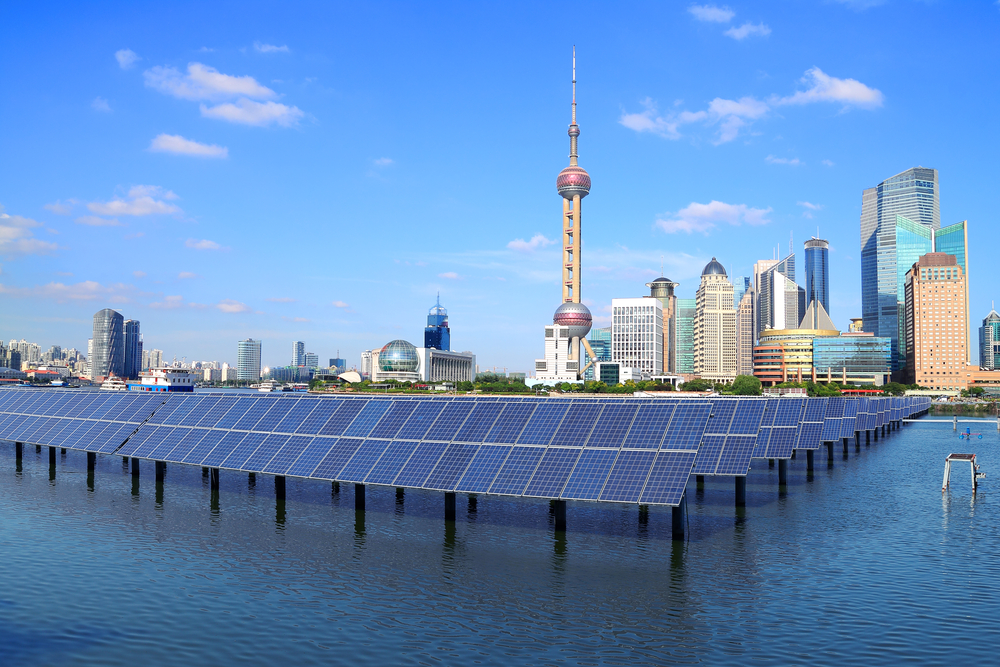Historian: Infrastructure key to climate dilemma

Solar panels make Chinese cities greener.
As world leaders convene for the ongoing 21st session of the Conference of the Parties to the United Nation Climate Change Conference (COP 21), scholars are formulating solutions to the seemingly intractable problem of global warming.
Paul Edwards, a historian specializing in infrastructure at the University of Michigan, suggested that any long-term solution will involve “decarbonizing” the world energy economy, requiring nations to adopt power sources that use little or no fossil fuel.
He said decarbonization is fundamentally an infrastructure problem involving not only energy production but also transportation, lighting, heating, air conditioning, cooking, and other rudimentary systems and services. Fossil fuels, the most prevalent source of energy, involve infrastructure such as oil and gas wells, coal mines, oil tankers, pipelines and refineries, millions of automobiles, gas stations, tank trucks, storage depots, electric power plants, coal trains, heating systems, stoves and ovens. Edwards estimated that the total value of this infrastructure borders on $10 trillion. It will take several decades and massive investments to replace.
Some question whether it is worth the effort. Citing a study conducted in 2010, Edwards made it clear that, “using the existing infrastructure until it falls apart would not push us past the 2 degrees Celsius global warming that many scientists see as the upper limit of acceptable climate change. The problem, of course, is that we aren’t doing this yet. Instead, we’re replacing worn-out systems with more of the same, while drilling, mining and building even more.”
This does not mean that the global picture of energy production is entirely gloomy. Edwards noted that less-developed countries may reap the benefits of clean technologies to circumvent carbon-intensive forms of infrastructure entirely. For example, China has already produced more solar electricity than any other country, with an installed base of more than 30 gigawatts.
Several developed countries have also made steady progress. More than 25 percent of Germany’s electric power comes from renewable sources. Since 2010, Australia’s solar photovoltaic capacity expanded from 130 megawatts to 4.7 gigawatts at an annual growth rate of 96 percent. “Infrastructure history tells us that decarbonization won’t happen nearly as fast as we might like it to. But it also shows that there are ways to accelerate the change, and that there are tipping points when a lot can happen very fast,” Edwards said.
Wang Youran is a reporter at the Chinese Social Sciences Today.
